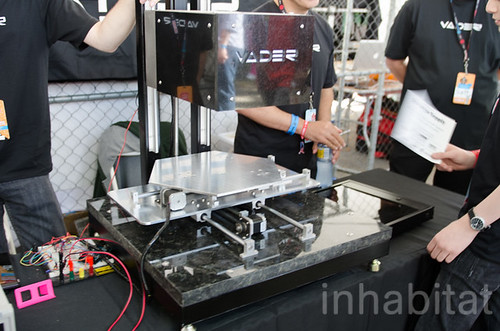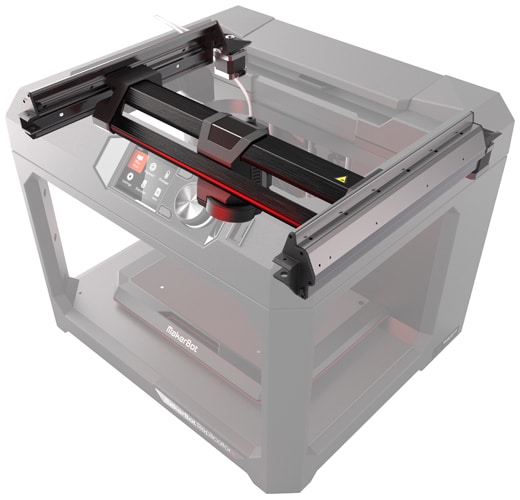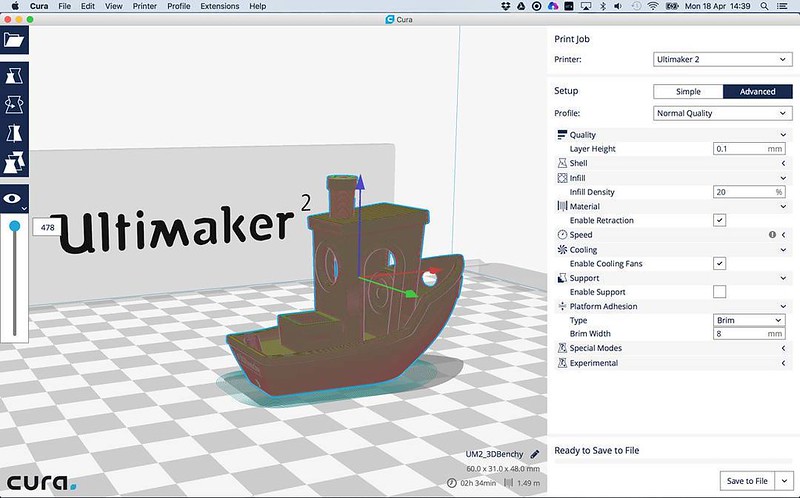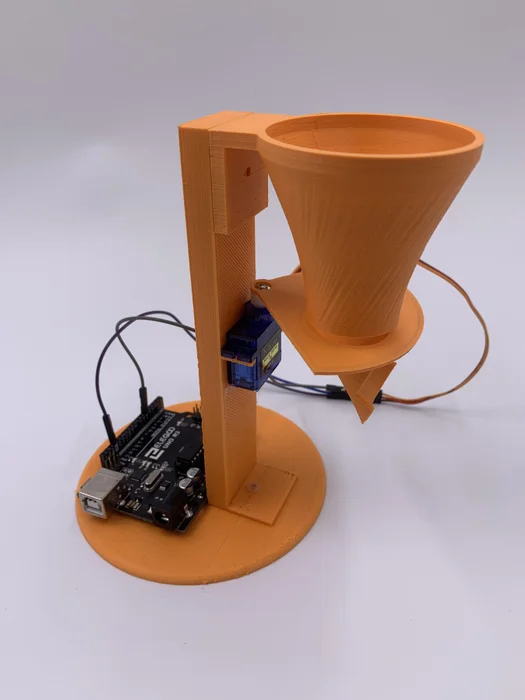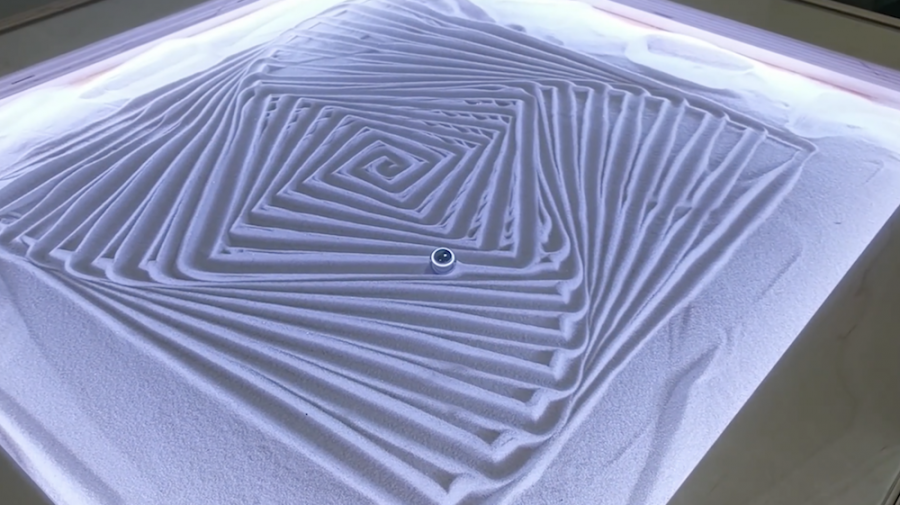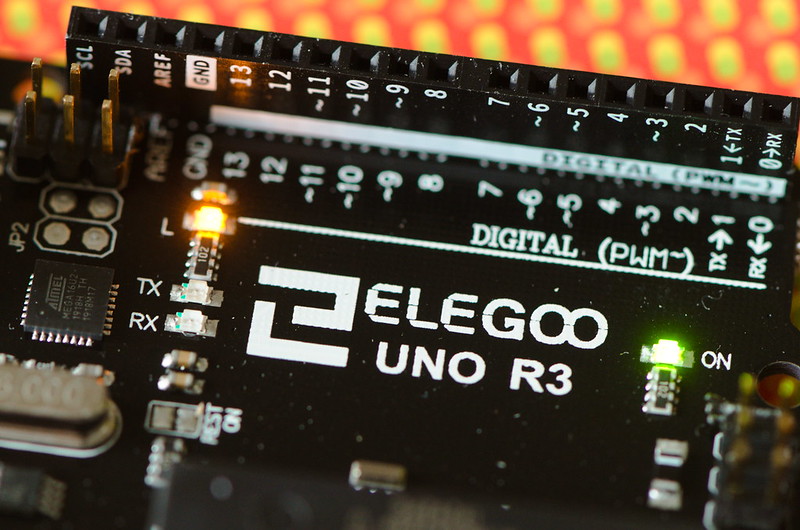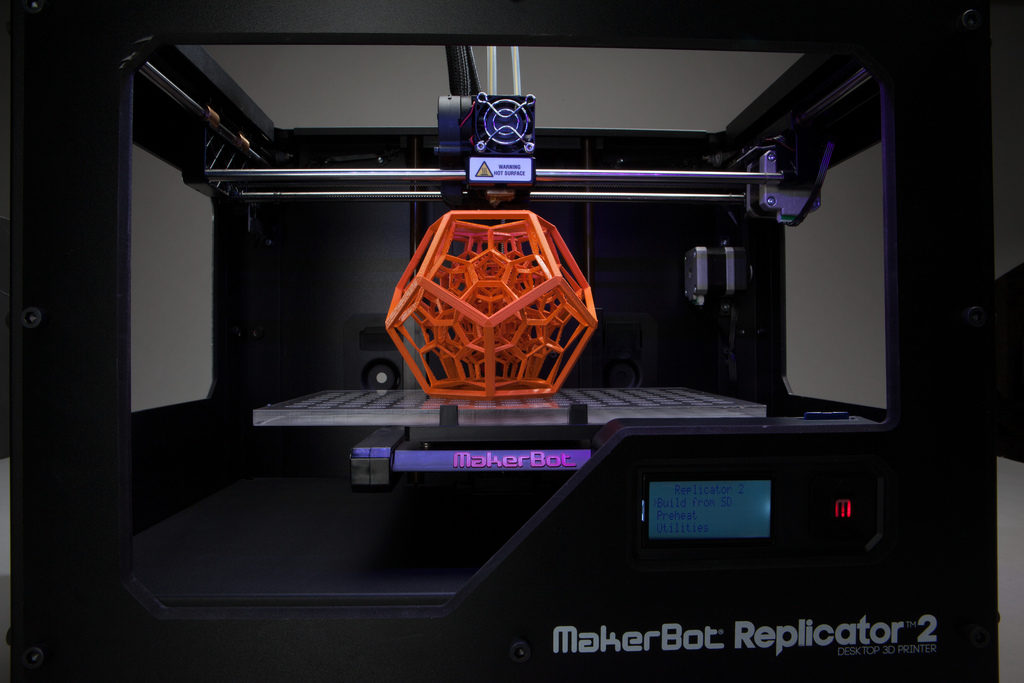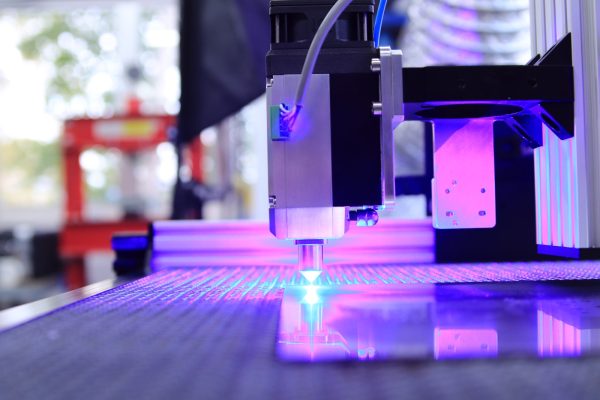
3D Printing: Revolutionizing Computer Engineering
In the ever-evolving landscape of technology, one innovation has been making significant waves – 3D printing. This groundbreaking technology has transcended its initial applications in rapid prototyping and is now reshaping various industries, including computer engineering. As the world becomes increasingly reliant on technology, 3D printing is emerging as a driving force, propelling computer engineering into a future limited only by imagination.
 Unleashing Creativity and Innovation:
Unleashing Creativity and Innovation:
One of the primary reasons 3D printing is heralded as the future of computer engineering lies in its ability to unleash creativity and innovation. Traditional manufacturing processes often impose limitations on design complexity. 3D printing, on the other hand, empowers engineers to create intricate and sophisticated designs that were once deemed impossible. This newfound freedom allows for the development of more efficient and compact computer components, leading to smaller, faster, and more powerful devices.
Rapid Prototyping and Iterative Development:
In the realm of computer engineering, rapid prototyping is crucial. It allows engineers to quickly create prototypes, identify flaws, and make necessary improvements. 3D printing accelerates this process exponentially. Engineers can now swiftly print physical prototypes of computer parts and test their functionality in real-world scenarios. This iterative development approach results in faster product refinement, reducing time-to-market and enabling companies to stay ahead in the competitive tech industry.
Customization and Personalization:
The era of one-size-fits-all technology is coming to an end, thanks to 3D printing. Computer engineering is no exception, with personalized devices becoming a norm rather than an exception. Whether it’s tailored ergonomic keyboards, customized computer casings, or even bespoke microchips, 3D printing facilitates the creation of devices perfectly suited to individual needs. This level of customization not only enhances user experience but also opens new avenues for assistive technology, accommodating individuals with specific requirements.
Sustainability and Eco-Friendly Practices:
Sustainability is a pressing concern in today’s world. Traditional manufacturing processes generate significant waste and consume vast amounts of resources. 3D printing, often referred to as additive manufacturing, minimizes material wastage by constructing objects layer by layer. Additionally, it promotes the use of eco-friendly materials, further reducing the environmental impact. As computer engineering embraces 3D printing, the industry is moving towards more sustainable practices, contributing to a greener future.
Complex Geometries and Advanced Materials:
The intricacies of modern computer components demand innovative solutions. 3D printing allows for the creation of complex geometries that are challenging to achieve through traditional methods. This capability is crucial for developing cutting-edge technologies such as microprocessors, heat sinks, and circuit boards. Moreover, ongoing advancements in 3D printing materials, including conductive inks and biodegradable polymers, are expanding the possibilities of what can be achieved in computer engineering, paving the way for unprecedented breakthroughs.
Challenges and Future Prospects:
While 3D printing holds immense promise for the future of computer engineering, challenges such as material limitations, printing speed, and cost-effectiveness must be addressed. Researchers and engineers are actively working to overcome these obstacles, driving the technology forward. As these challenges are met, 3D printing will become even more integral to computer engineering, revolutionizing the way devices are designed, manufactured, and utilized.
In conclusion, 3D printing is not merely a technological advancement; it is a paradigm shift that is reshaping the very essence of computer engineering. Its potential to fuel creativity, facilitate rapid prototyping, enable customization, promote sustainability, and tackle complex designs is unparalleled. As the technology continues to evolve, the future of computer engineering looks remarkably promising, driven by the endless possibilities that 3D printing offers.
RELATED STORIES:
https://about.polar3d.com/3d-printing-history-and-its-future
https://studylink.com/articles/3d-printing-will-change-engineering-degree/
https://www.ece.udel.edu/news/2017/nov-15-the-rise-of-3d-printing/
https://www.computerscience.org/resources/3d-printing/
https://ultimaker.com/learn/the-future-of-3d-printing-will-it-change-your-industry/
TAKE ACTION:
https://www.printables.com/group/discover
https://thehiveindex.com/topics/3d-printing/

